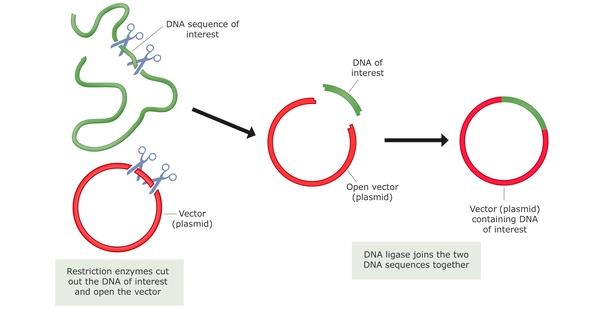Researchers discovered that the way genes are turned on and off as bacteria develop provides insights into their regulation. Bacterial infections kill millions of people every year, and the global threat is exacerbated by bacteria’ rising resistance to antibiotics. This is due in part to bacteria’s capacity to turn genes on and off when they detect environmental changes, such in the presence of medications. Such switching is performed through transcription, which turns the DNA in genes into its chemical cousin, mRNA, which directs the assembly of proteins that form the microbe’s structure.
As a result, understanding how mRNA production is regulated for each bacterial gene is critical to efforts to combat resistance; nevertheless, techniques to studying this regulation to date have been arduous. In a new study, scientists discovered a strategy that could accelerate such efforts.
Researchers at NYU Grossman School of Medicine and the University of Illinois Urbana-Champaign discovered that the manner in which genes are turned on and off as bacteria develop provides clues to their regulation.
Our study results show that the constant replication of genes during the cell cycle as the bacterial cells reproduce and grow can be exploited to learn about many aspects of how genes are regulated.
Andrew Pountain
According to the study authors, organisms from bacteria to humans grow as their cells multiply by dividing, with each cell becoming two. Before cells divide, they must copy their DNA such that each of the two daughter cells has a copy. To do so, a molecular machine called DNA polymerase ticks down the DNA chain, reading and making a copy of each gene one by one.
Publishing online in the journal Nature, the study adds to explanations of how gene expression throughout the genome is shaped by DNA replication during bacterial growth. Specifically, the research team found that when DNA polymerase arrives at any specific gene, it disrupts the transcription in a way that reveals the state of that gene’s regulatory status.
“Our study results show that the constant replication of genes during the cell cycle as the bacterial cells reproduce and grow can be exploited to learn about many aspects of how genes are regulated,” said study lead investigator Andrew Pountain, PhD, a postdoctoral research fellow at NYU Langone Health and its Institute for Systems Genetics.

“We like the analogy of the electrocardiogram in medicine,” said Itai Yanai, the senior investigator of the study and professor at NYU Langone’s Institute for Systems Genetics. By monitoring patterns of electrical activity in the heart, the ECG reveals a series of waves that provide a detailed, graphical view into a patient’s cardiac health. Similarly, waves of changes in abundance of mRNA in response to a gene’s replication produce a signature on a graph, which the authors termed the transcription-replication interaction profile, or TRIP.
The researchers showed how specific waves can be linked to certain features. For example, whether a gene is under a specific form of control, known as repression, where a protein blocks that gene’s mRNA from being made. These repressed genes were found to have characteristic, spiked TRIP patterns.
“Our aim is to understand how gene regulation shapes these TRIPs, with a goal of using them to diagnose gene regulation across the entire set of thousands of genes in the bacterium,” added Yanai. “We hope that our further investigations of gene expression profiles will offer insight into how groups of genes respond to disruptions or changes in their environment.”
The team intends to explore the specific TRIPs of genes known to be involved in bacteria’s ability to cause disease in order to gain insight on how to disrupt or halt it. Finally, they hope that advances in technology will allow researchers to delve further into gene behaviors in various bacterial species.
The new study was made possible by technological breakthroughs in detecting gene activity in individual cells in real time using scRNA-seq (single-cell sequencing) and smFISH (single-molecule fluorescence in situ hybridization).
















